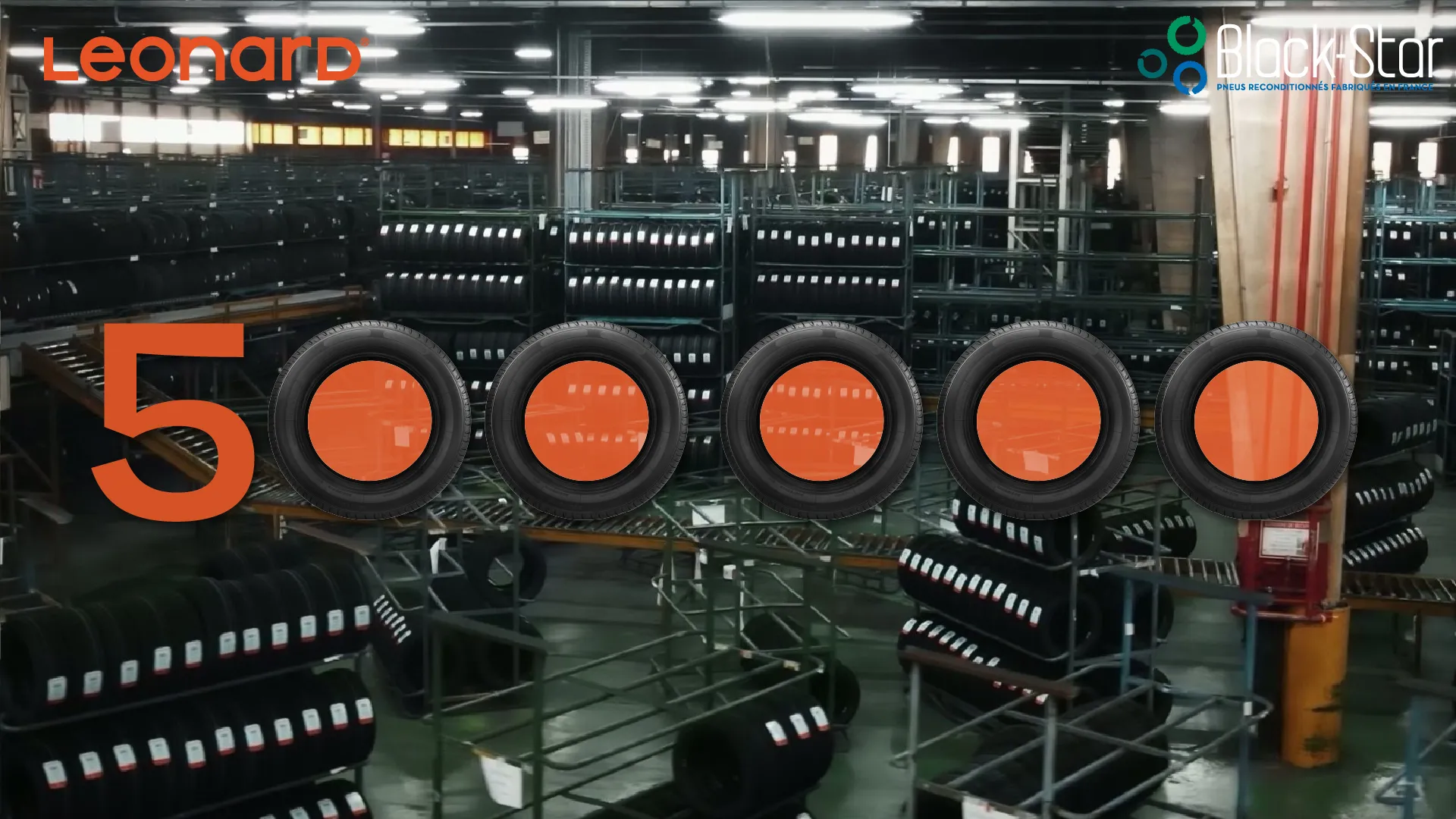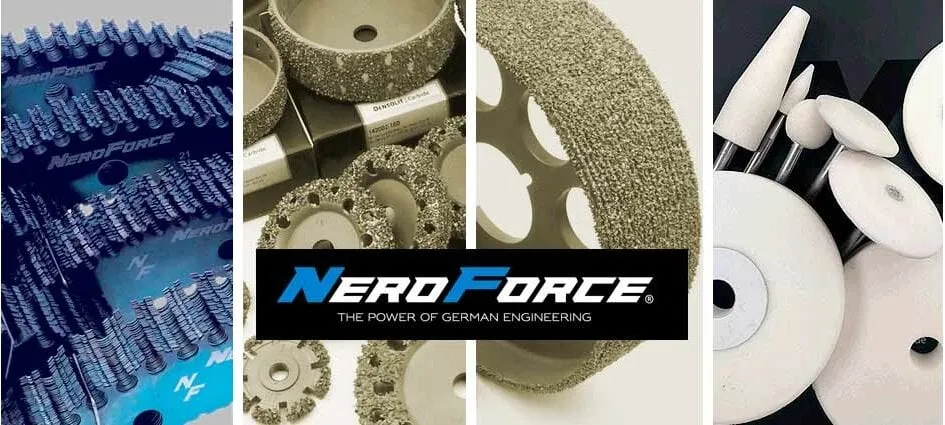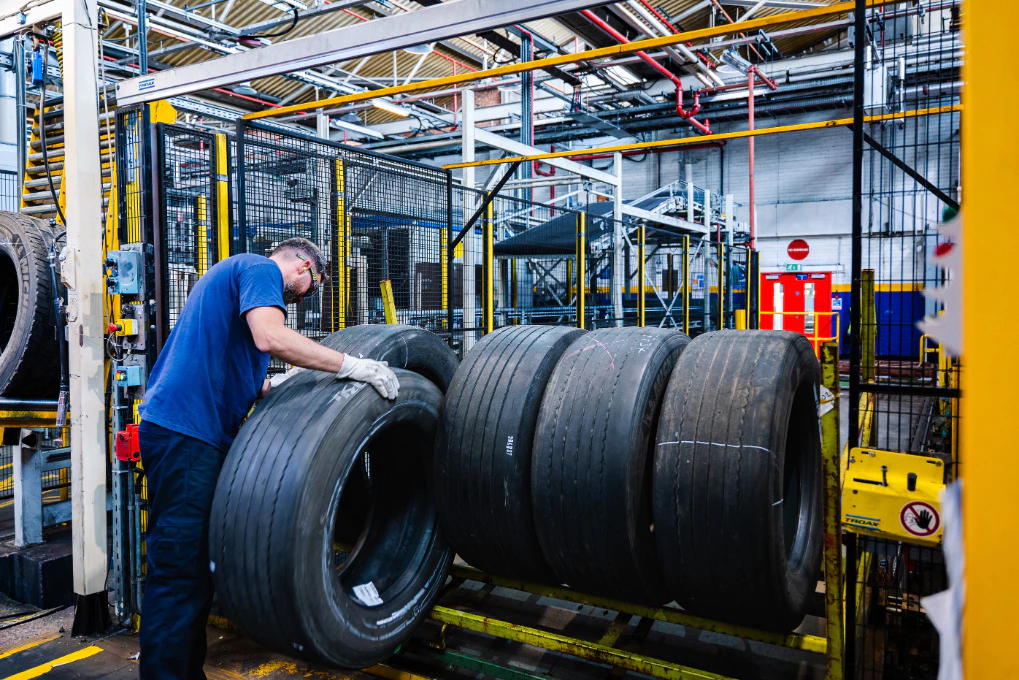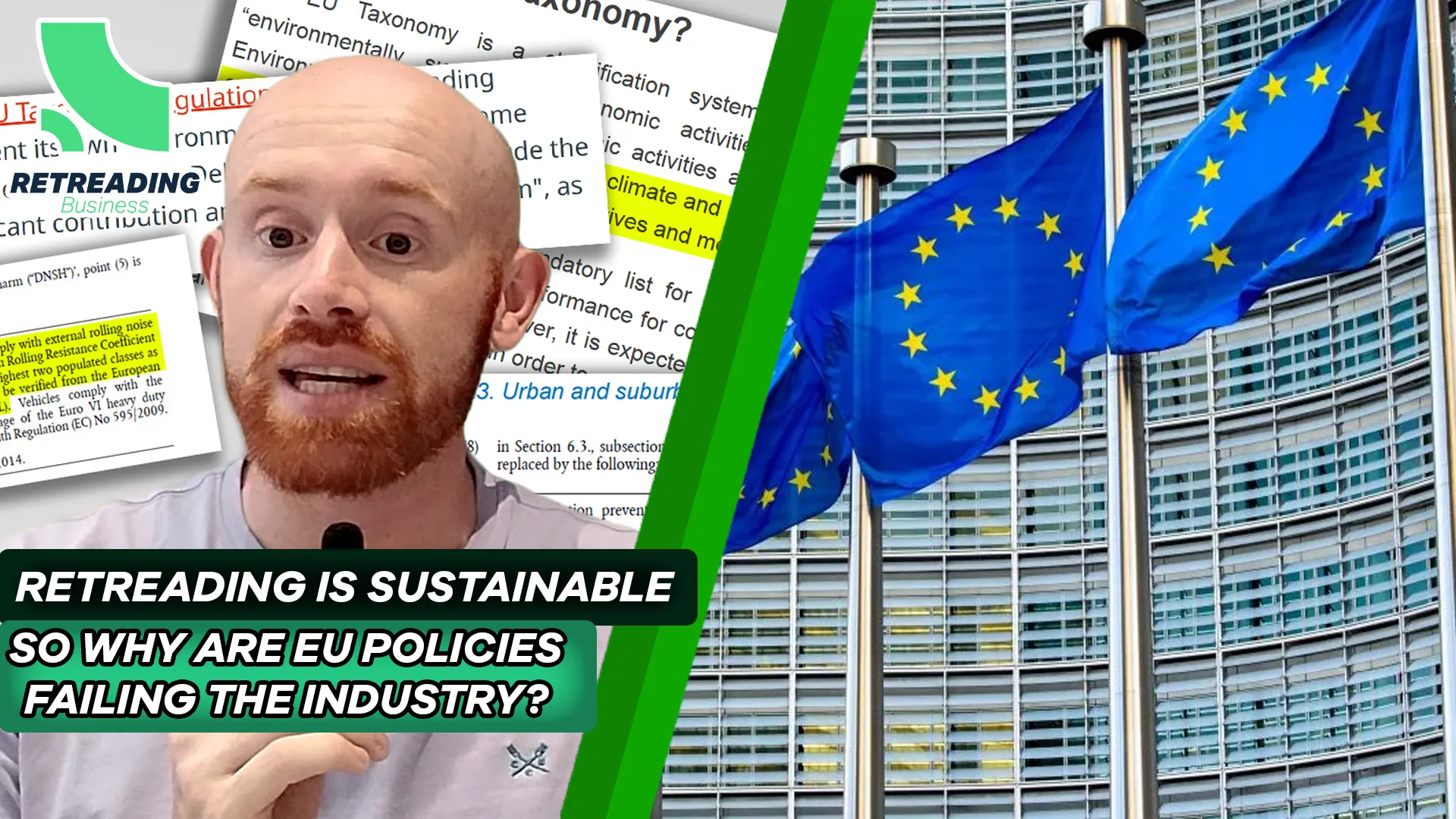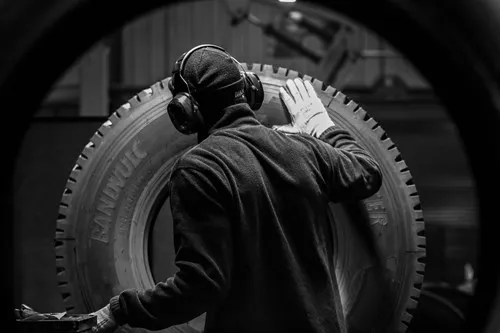The retreading industry is passing through rather tough times in Latin America, but it is still competitive, at least if the companies count their costs in the right way, said Heriberto Romero, director of Hules Banda, in his presentation at the Latin American Tyre Expo recently. It is the final cost per km that must be taken into account, he said, and this cost needs to be estimated with at least two retreading cycles when the companies are dealing with the premium quality casings.
Romero Presents at Latin Tyre Expo
The price per new tyre of the premium top-4 category is around $400 and is designed to run for 100,000 km. The price of the first and second retreading cycles is $120 each, and in both cases it would add around 100,000 km of mileage under proper usage, Romero said. This makes the total cost per tyre around $640 and the overall mileage amounts to 300,000 which make the price per km equal to $0.002, Romero estimated.
With the other premium tyre brands the picture is very similar. The price per new tyre is $300 and the expected mileage is 80,000 km. With both the first and the second retreading cycles would cost the same $120 and add 100,000 km and 80,000 km of mileage respectively, the overall costs would climb to $520, and the overall mileage is expected to be around 260,000 km. This means that the price per km is $0.002, exactly the same as with the top-4 premium category, Romero said.
Premium Asian tyres are cheaper compared to those of the premium brands, and this makes them rather competitive. The costs on average are $220 for a new tyre, $120 for the first retreading cycle and $100 for the second retreading cycle, and the mileage is 80,000 km, 100,000 km and 70,000 km, respectively. With the overall costs per tyre of $440 and the expected mileage of 240,000 km, the cost per km is rather low – at only $0.0018, according to Romero.
The premium tyres are followed by the cheap Chinese tyres. Although, they are commonly described as cheap, a simple calculation shows that for the customers these products are the most expensive choice out of all available options. With the starting price of $120 per km, the mileage remains unknown, as it may vary from one brand to another, and even from one tyre to another. No retreading is possible and if the mileage is around 40,000 km, the eventual cost per km is $0.003, 50% up as compared to the premium brands, Romero said.
It turns out that the most cost-saving solution is using the services of the retreading plants right from the start. With a cost per casing of $50 and a price per first and second retreading cycle of $120 and $100, the customer could get a mileage of 180,000 km for only $270. This means that the eventual cost per km is $0.0015, and this is 25% lower compared to new tyres and two times lower, compared to the cheap Chinese tyres, Romero emphasised.
Retreading market will not pay for inefficiency
In addition, Hules Banda has run some research into the standards of production cost the retreading companies have to match in order to stay in business.
“Then, we ran an analysis of operational costs. What I have to say right from the start is that the market doesn’t bear inefficiency, if we are not efficient in what we are producing, generating and making, we are lost, because the market doesn’t forgive such things. So we looked into the balance, and estimated that if we have the basic costs of 100% and the raw materials cost of 50%, then we have a gross profitability of 50%. Another 6% accounts for payment for manual labour and another 6% for indirect costs,” Romero said.
“If we have those costs lower, then it is great, but if they are higher it is very bad, because the market doesn’t bear inefficiency. So, all in all we have 38% profitability on sales, and then we must spend another 12% as costs on sales and 6% as administrative costs. If we pay more, we are being inefficient. The margin that the traditional plant shall have is 20% minus taxes, interest rates, as well as the amortisation and depreciation that company may have,” Romero added.
On the other hand, Hules Banda targets to cut the cost of raw materials down to 42.5% from the overall operational costs. This is the contribution of the company to the development of the retreading industry, Romero said. This is achieved through the new designs of offered products that provide the lowest weight per metre. There is also a special architecture in each design that attains high-performance equilibrium with low weight, Romero added. All in all, the retreading company gets low-cost high-quality solutions.
Regional specific features
Retreaders in Latin America are now joining forces to face the current challenges. Romero said that there are, in particular, industry associations in Colombia and Ecuador that have pushed their national governments to move around and work on some measures aimed at helping the retreading companies. Unfortunately, in many countries of the region there are still no associations of that kind, or there are no associations that are actually operating.
As for the regional focus, Brazil seems to be one of the leaders in Latin America, as the country produces on average 140 retreaded tyres per every 100 new tyres sold. According to Romero, the industry has been impacted by the current crisis, but the volume of retreaded tyres on the market is still very big. For comparison, Mexico has 45 retreaded tyres per 100 new ones, Ecuador – 30 retreaded tyres, Colombia – 25, Chile – 20 and Panama – 15, Romero estimated.
“There is only one single retreading plant left in Panama. The others stopped operating. This is the reality we have,” Romero said, adding that things look much better in Guatemala. “They have 45 retreaded tyres per each 100 new tyres. This is one of the highest figures in Latin America and one of the biggest in the world. In Costa Rica some time ago for each new tyre sold they were retreading two, whereas now it is only 0.4, as many plants have been closed and many people are not interested in retreading any longer”.
The figures are also very low in Honduras with 25 retreaded tyres per 100 new tyres, El Salvador and Uruguay with 20 tyres, Bolivia with 17 tyres and Nicaragua with 9 tyres. In the last case, the picture is rather ridiculous as Nicaragua has no taxes for the new tyres, but does have taxes for retreaded tyres, Romero said.
Giving all these developments, it is hard to say what would happen to the retreading industry in the future. Some people believe the industry could simply disappear in the similar way that the car tyre retreaders segment has almost disappeared. Hules Banda, however, believes that this will not be the case, and the retreading industry would endure despite all challenges.
“This is something we are counting on”, Romero said. This is because of the environmental impact of the industry. It is well-known that the cost of retreaded tyres is nearly two times less as compared to the new tyres, and its production cause 74% less CO2 emissions and 60% solid waste production. And on top of this, the retreading companies have to comply with the same safety regulations as the new tyre manufacturers, Romero concluded.


